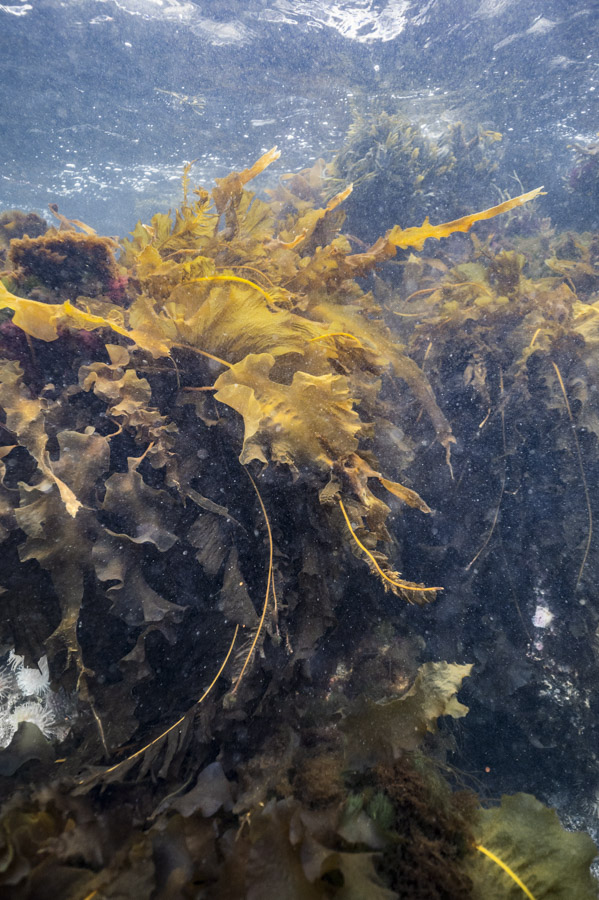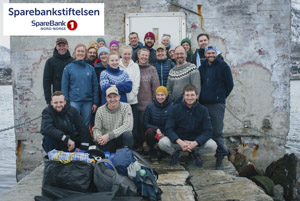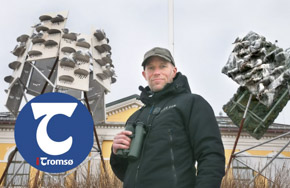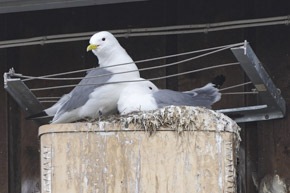April 18, 2024
Volunteers are restoring a kelp forest near Tromsø city center. You can now see it from land.
After 6 months of restoration efforts with volunteers, what was once a biological desert is turning into a spectacular underwater landscape teeming with life.
This event was a celebration, as fast-growing kelp and various species of crabs, fish, and other marine creatures were back on the site.
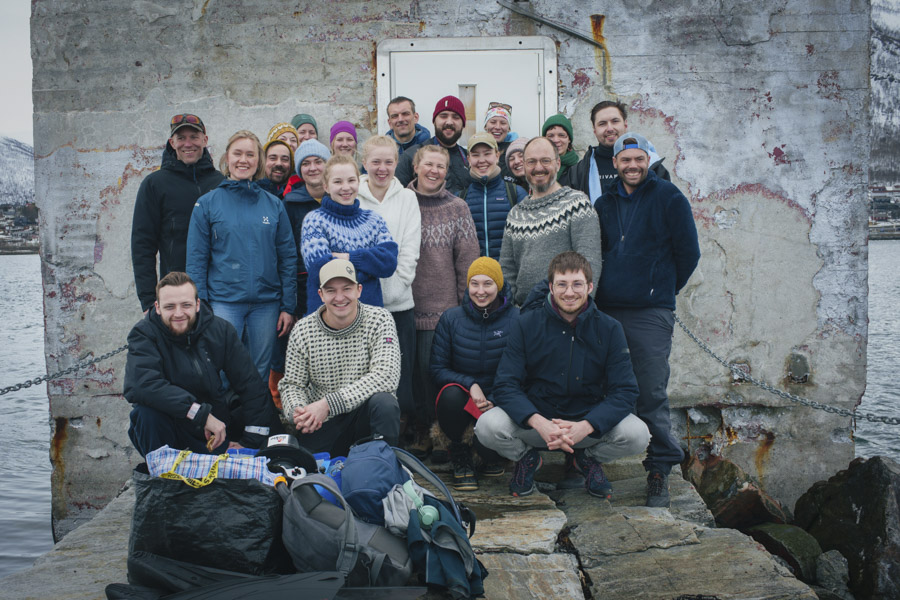
One jetty, two worlds
Nestled against the city of Tromsø, the 200-meter-long jetty is the perfect location for a kelp forest restoration project where outreach and community involvement are paramount.
On one side of the jetty, restoration is underway, while the other remains an untouched urchin barren with densities reaching 200 sea urchins per square meter.
A stroll along the jetty reveals the stark contrast – no diving required! Just glance right, then left, and the difference speaks for itself.
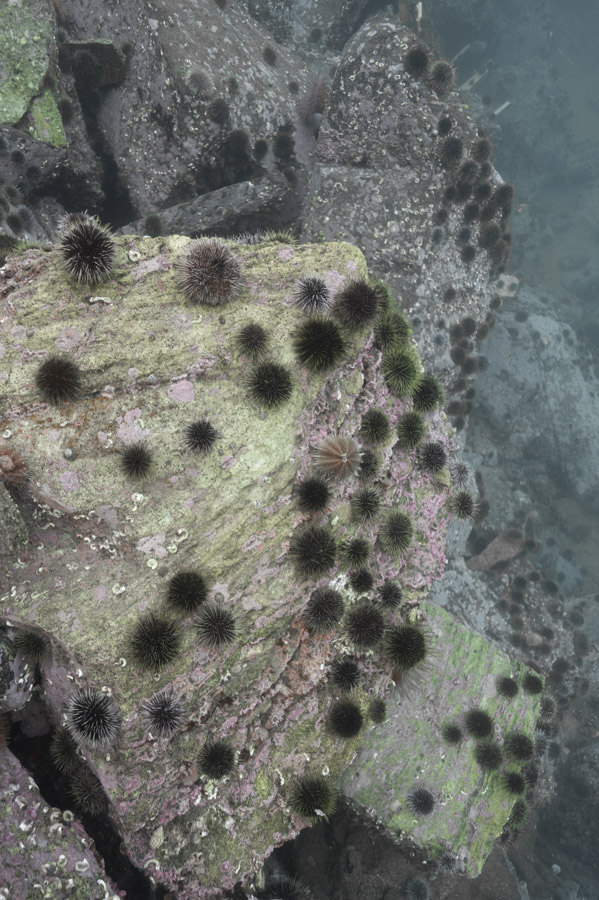
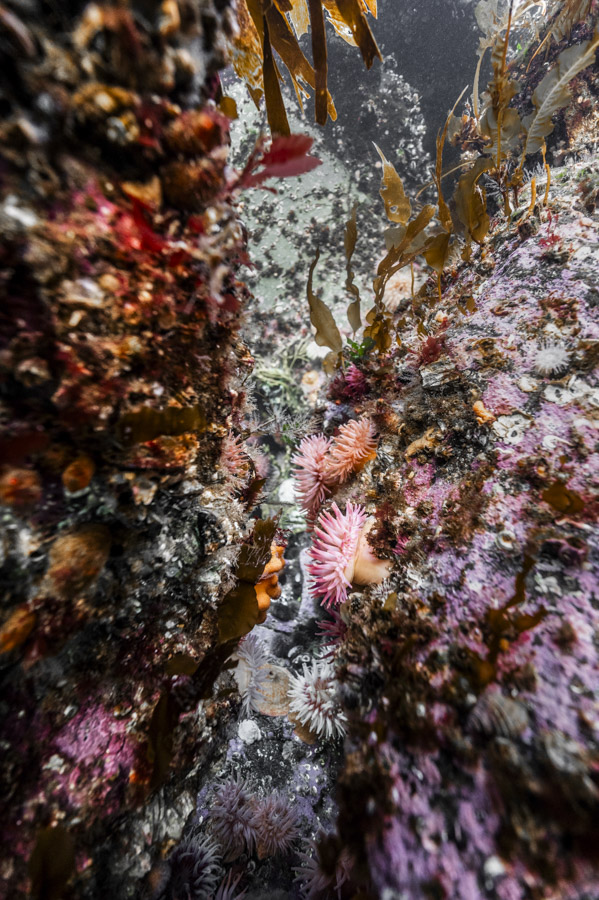
Reconnecting with the sea
At the end of the jetty stands a bunker from World War II. Local artist Lawrence Malstaf is transforming this war monument into the future Tromsø Observatorium, a haven for art and nature contemplation. Ultimately, the bunker will be topped with a glass dome, offering visitors a view of the sky above, while kelp and marine life flourishes beneath the surface.
This ambitious project is part of a larger art project supported by Tromsø municipality and Art in Public Space Norway. One of its goals is to create the conditions for residents to reconnect with the sea, during a time marked by extensive urbanization.
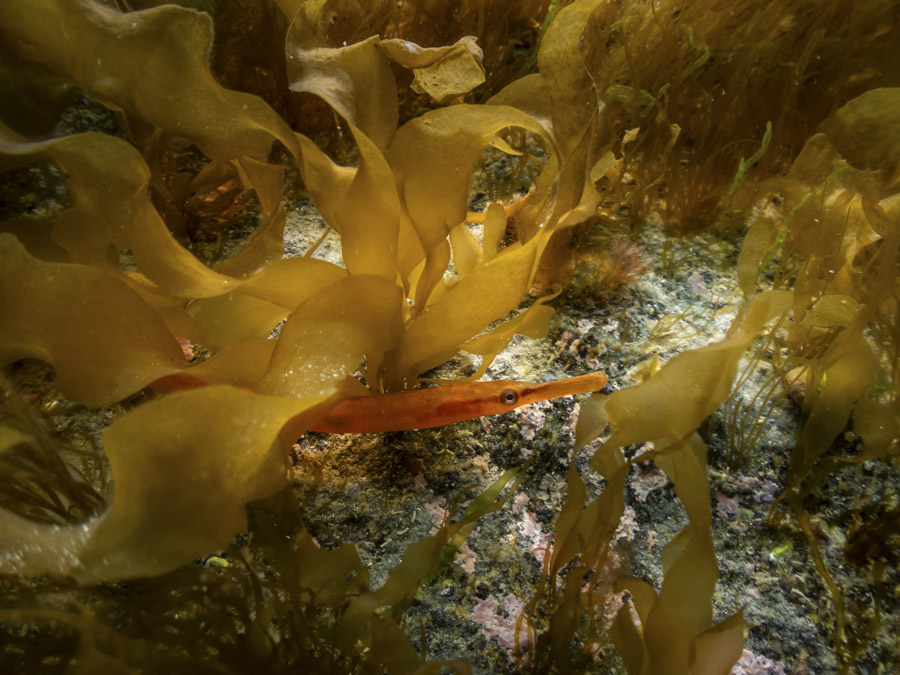
Biological desert vs Biodiversity hotspot
Kelp forests worldwide are facing depletion, with most of Northern Norway witnessing their replacement by urchin barrens. While sea urchins are often singled out as the primary cause of this decline due to their grazing habits, their overabundance is merely a symptom of a broader issue: the drastic reduction in their natural predators. Species like Atlantic cod, haddock, and wolffish typically prey on adult sea urchins, while many others target them during their larval or juvenile stages.
In a well-functioning marine ecosystem, all these predators maintain a balance that keeps sea urchin populations in check. However, decades of overfishing have disrupted this equilibrium, leading to unchecked sea urchin proliferation.
Luckily, a growing number of initiatives, such as ours in Tromsø, demonstrate nature’s remarkable resilience. When not overgrazed by sea urchins, kelp forests naturally regenerate, and remarkably fast. In just a few weeks during the spring season, these forests have reclaimed their rightful place in the ecosystem.
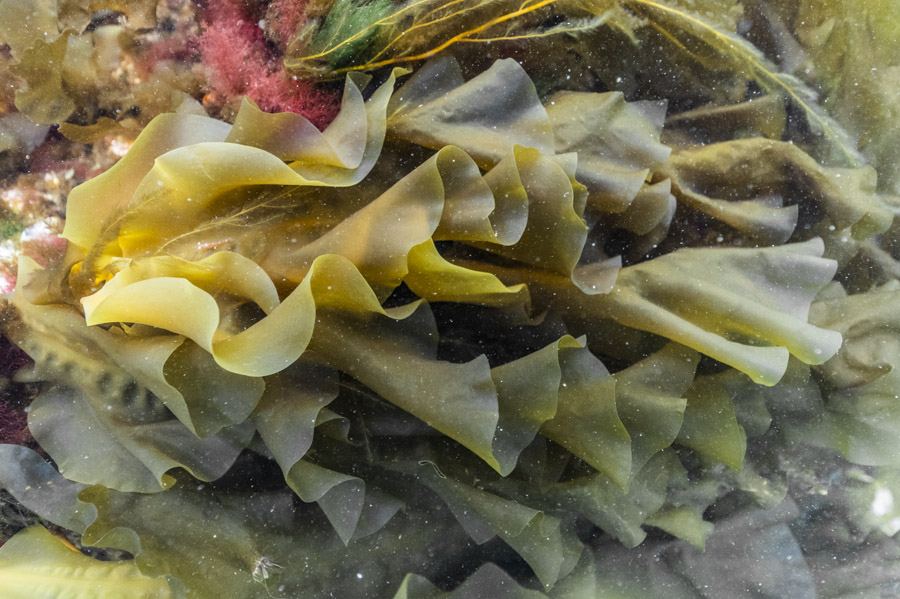
Citizen science & public engagement
Local volunteers have been the driving force behind this project so far, and each event has provided a wonderful opportunity for like-minded individuals to come together, creating strong bonds and lasting memories. Engaging in purposeful activities elevates the experience of being in nature to another level. It helps that restoring kelp is incredibly rewarding since marine life naturally returns almost immediately when conditions become more favorable.
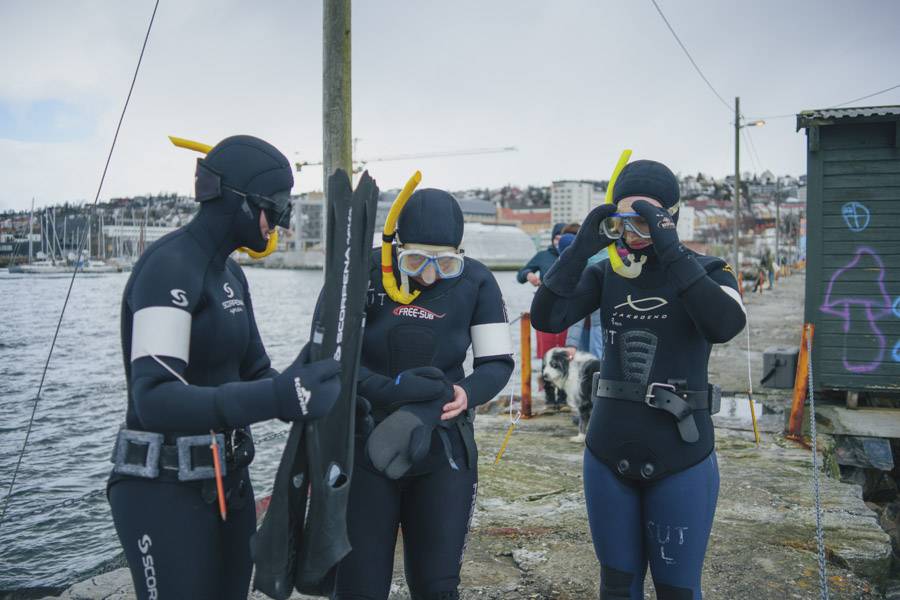
The next challenge will be to involve tourists in this nature restoration initiative. Wild Lab Projects has successfully achieved to do this in other citizen science projects. Restoring kelp forests with travelers presents various challenges, but none are insurmountable. Only a small fraction of participating travelers engaging in regenerative actions would be sufficient for nature to reap the benefits of a burgeoning industry.
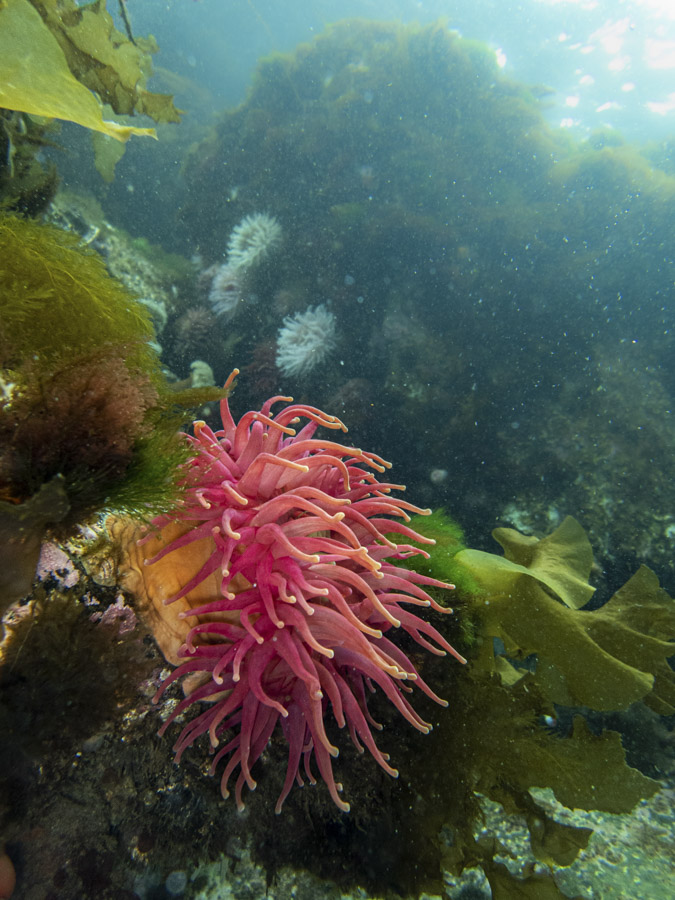
From land & in the sea: anyone can contribute
Everyone is welcome to join the events we organize along the jetty. While freedivers and scuba divers contribute in the sea, help is always welcome on land to assist those in the water, to participate in the citizen science (counting and measuring urchins, identifying samples, etc.) or to make waffles for everyone!
We also use a Remotly Operated Vehicle to show participants and visitors what lies below the surface.
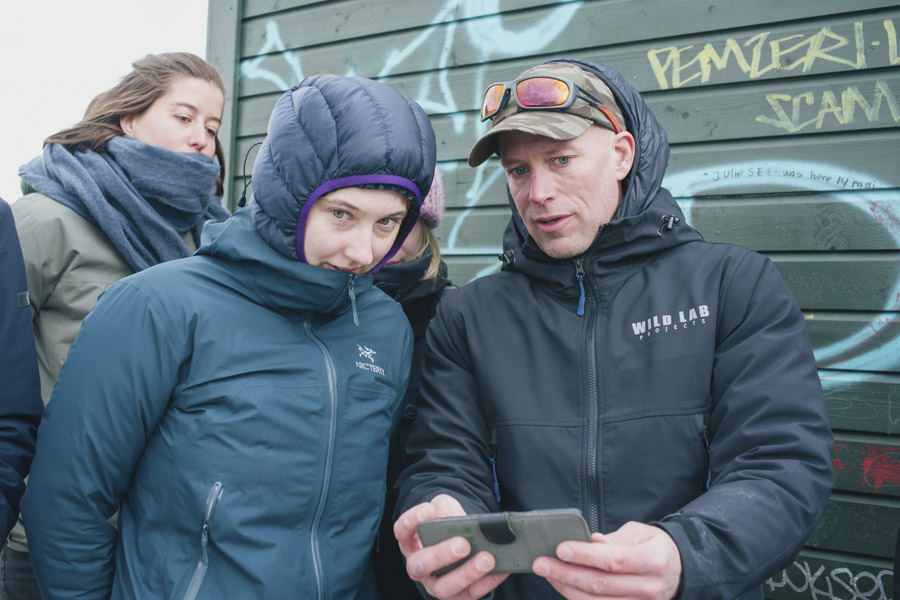
Documenting, reporting, disseminating
During the next event, our volunteers will focus on citizen science, documenting the changes happening in the sea, the return of kelp and other species. We will follow the methods that we codesigned with NIVA, and then the reporting circle will start: we will share our observations with our research partners, they will share their results with us, and finally we will forward them to those who participated in the project.
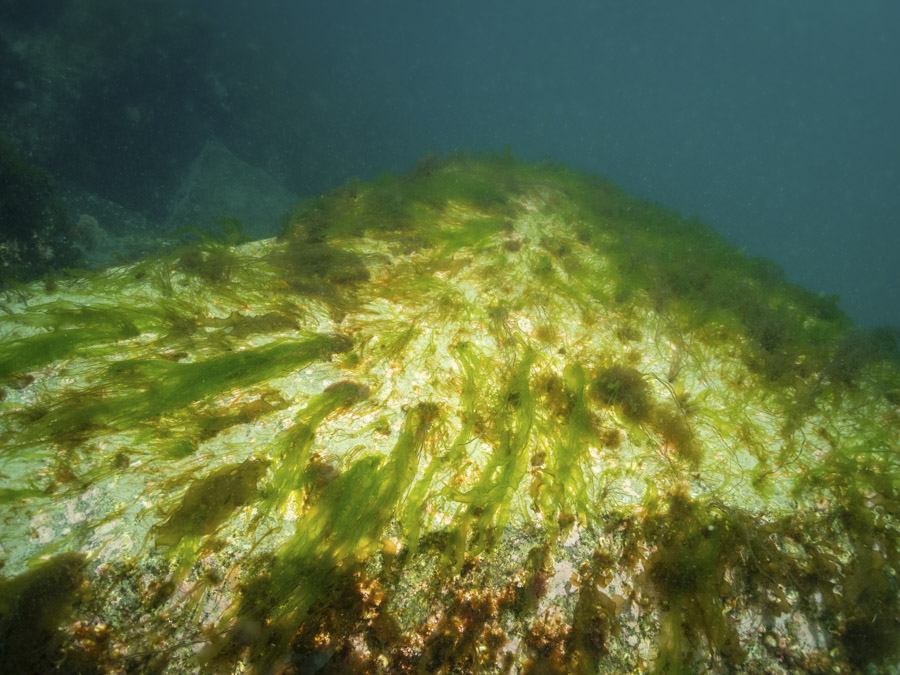
Support and Recognition
The foundation Sparebankstiftelsen was the first to sponsor our kelp forest restoration initiative in 2023.
Wild Lab Projects is also one of the few Patagonia‘s grantees, and this distinction was both a reward for all our efforts and a massive encouragement to continue.
Additional support is coming from the Norwegian Research Council (Forskningsrådet) through the Ocean Green project.
We are grateful to Tromsø harbor for facilitating the operations along the jetty, while One Ocean – an NGO that is under the auspices of UNESCO – is partnerning with us on a side project set to commence in August 2024.
